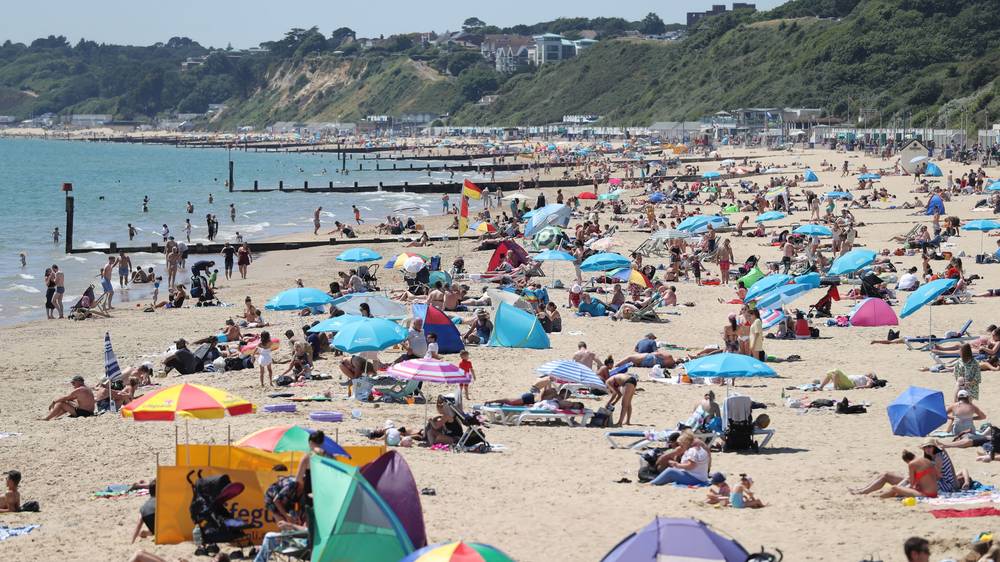This summer has been one of the sunniest we have had in years. Sunglasses on, paddling pools out, ice buckets full of beers but what about the poor plants? They have really suffered this year what with a long cold start to the year and then the dry summer. Although we are a temperate climate there is a move to start using more drought tolerant plants. This doesn’t mean everyone needs to start copying The Boboli Gardens or The Alhambra but we may need to adjust the types of plants we think of using so that they require less watering during the summer and will survive the potential hosepipe ban.
Drought tolerant plants work in several ways: They have for example evolved to retain water, their leaves are structured in a way that they lose less water due to evaporation/transpiration and their root systems have developed to grow deeper or to soak up available water more efficiently.
I would not suggest filling you garden with Agave, Cordyline and Olive Trees as using plants that belong in a different climate can look subliminally wrong unless you have designed your whole garden in that style. Combining bamboo and palms can clash as they are synonymous with two different continents.
There are many plants we see in the UK on a regular basis which are known as being drought tolerant like Cetranthus ruber (Red Valerian) growing in gardens and walls due to self-seeding. For scent and structure use Lavandula angustifolia ‘Munstead’ (Lavender) and for aromatic leaves and a haze of blue try Perovskia ‘Blue Spire’. Grasses like Pennisetum villosum need little or no water once established and provide soft texture and movement in any sunny border. For evergreen ground cover you can use Cotoneaster horizontalis displaying white flowers in spring and red berries in autumn. Shrubs that you would commonly see in gardens are Photinia x fraseri ‘Red Robin’ which can be grown as either a hedge or a stand-alone shrub.
A beautiful drought tolerant combination of plants would be the pink/purple flowers of Echinacea purpurea combined with the soft textured Stipa tenuissima and the tall stems and purple flowers of Verbena bonariensis. Echinacea blooms in summer leaving black seed heads against the gold leaves of the grass through the autumn. For added interest you could also combine the silver foliage of Artemisia ludoviciana ‘Valerie Finnis’ (Mugwort), Lychnis coronaria ‘Alba’ (White Rose Campion) or Stachys byzantina (Lamb’s Ears)

